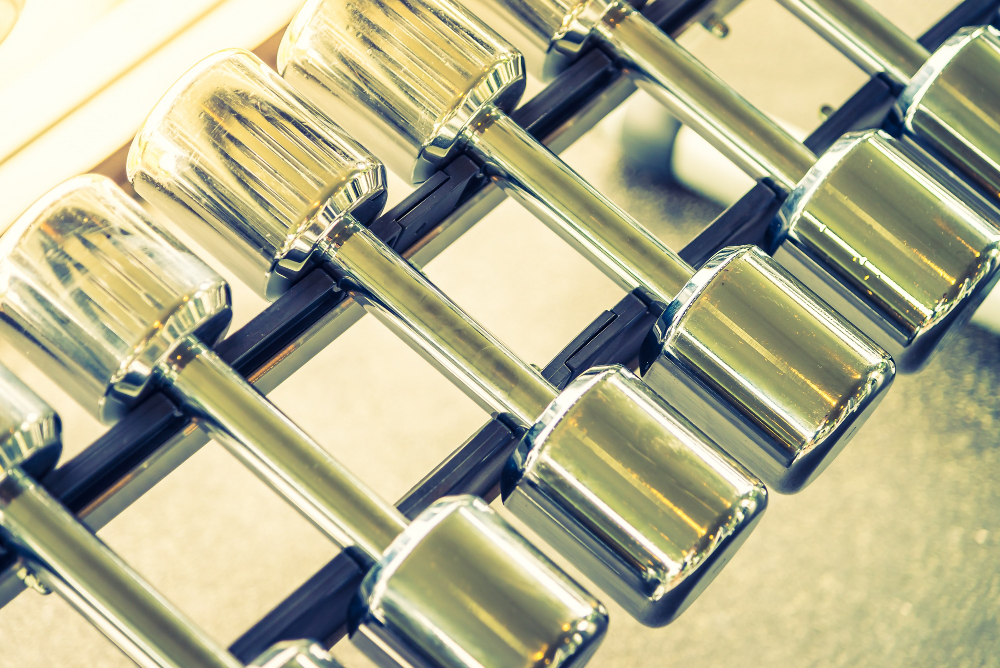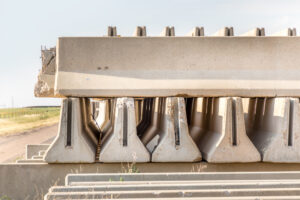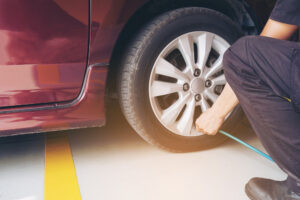Installing a metal expansion joint might seem straightforward, but improper handling can lead to premature failure or costly repairs. Whether you’re managing an industrial pipeline in Pune or a manufacturing setup in Delhi, understanding the nuances of installation is critical for safety, efficiency, and longevity.
Why Proper Installation Matters?
Metal expansion joints are designed to absorb thermal expansion, vibrations, and mechanical stress in pipelines. Misalignment, incorrect anchoring, or mishandling can compromise the system. According to the Occupational Safety and Health Administration (OSHA), improper installation is a leading cause of equipment failure, emphasizing the importance of following expert guidelines.
Top Tips for Installing Metal Expansion Joints
1. Understand the Type and Application
There are several types of metal expansion joints—single, multiple, hinged, and gimbal, among others. Choosing the right one depends on:
- Thermal movement: How much expansion or contraction your pipeline will experience.
- Pressure and temperature: High-temperature steam systems require joints with specific alloy compositions.
- Vibration levels: Facilities with heavy machinery need joints that can dampen vibrations effectively.
2. Check Alignment and Orientation
Even slight misalignment can introduce stress, leading to early wear or leaks. Remember these practical pointers:
- Use laser alignment tools for precise installation, especially in long pipelines.
- Ensure the joint is free of torsion—twisted bellows can drastically reduce lifespan.
- Check flange faces for parallelism and flatness before bolting.
3. Avoid Overcompression or Overextension
Metal expansion joints have designed limits. Overstretching or overcompressing can cause permanent deformation. A rule of thumb from industry experts is to always install at the neutral length, then allow thermal movements to occur naturally.
4. Proper Anchoring and Support
Pipelines without correct anchoring will transfer excessive stress to the metal expansion joint manufacturer specifications. Key practices include:
- Install guides to direct axial movement without bending.
- Use anchors to prevent lateral or rotational forces.
- Ensure supports are spaced according to pipeline size and material weight.
5. Cleanliness and Inspection
Before installation, clean flange faces and remove debris inside the pipeline. Inspect the bellows for damage such as dents or cracks. Even a minor flaw can escalate into a catastrophic failure under pressure.
Expert Angle: Additional Tips from Indian Industrial Sites
Experts in India often recommend practical considerations that are sometimes overlooked:
- Factor in monsoon humidity—stainless steel or coated joints resist corrosion better in coastal regions.
- Check for thermal insulation gaps—especially near boilers or heat exchangers in industries like sugar, oil, or chemical manufacturing.
- Consult local suppliers for joints tested under Indian climate conditions to ensure durability.
Maintenance Tips Post-Installation
Correct installation is only half the battle. Regular maintenance ensures performance over years:
- Perform visual inspections quarterly for misalignment or leaks.
- Monitor temperature and pressure variations to detect early stress signs.
- Lubricate moving parts where applicable, following manufacturer guidelines.
FAQs About Metal Expansion Joint Installation
1. How do I know which type of metal expansion joint to use?
Consider pipeline movement, pressure, temperature, and vibration. Consult a certified metal expansion joint manufacturer for site-specific recommendations.
2. Can I install a metal expansion joint myself?
DIY installation is risky. Improper handling may lead to leaks or damage. Hiring trained professionals ensures safety and adherence to specifications.
3. How often should I inspect installed joints?
Visual inspections should be quarterly, with more detailed checks annually, especially in high-pressure or high-temperature systems.
4. What are common mistakes to avoid?
Avoid misalignment, overcompression, twisting, and neglecting proper anchoring. These are the leading causes of premature failure.
Final Thoughts
Installing a metal expansion joint correctly requires attention to detail, proper tools, and adherence to manufacturer guidelines. By understanding the types, aligning carefully, and maintaining regular inspections, Indian industries can ensure long-term pipeline performance while minimizing downtime and repair costs.





